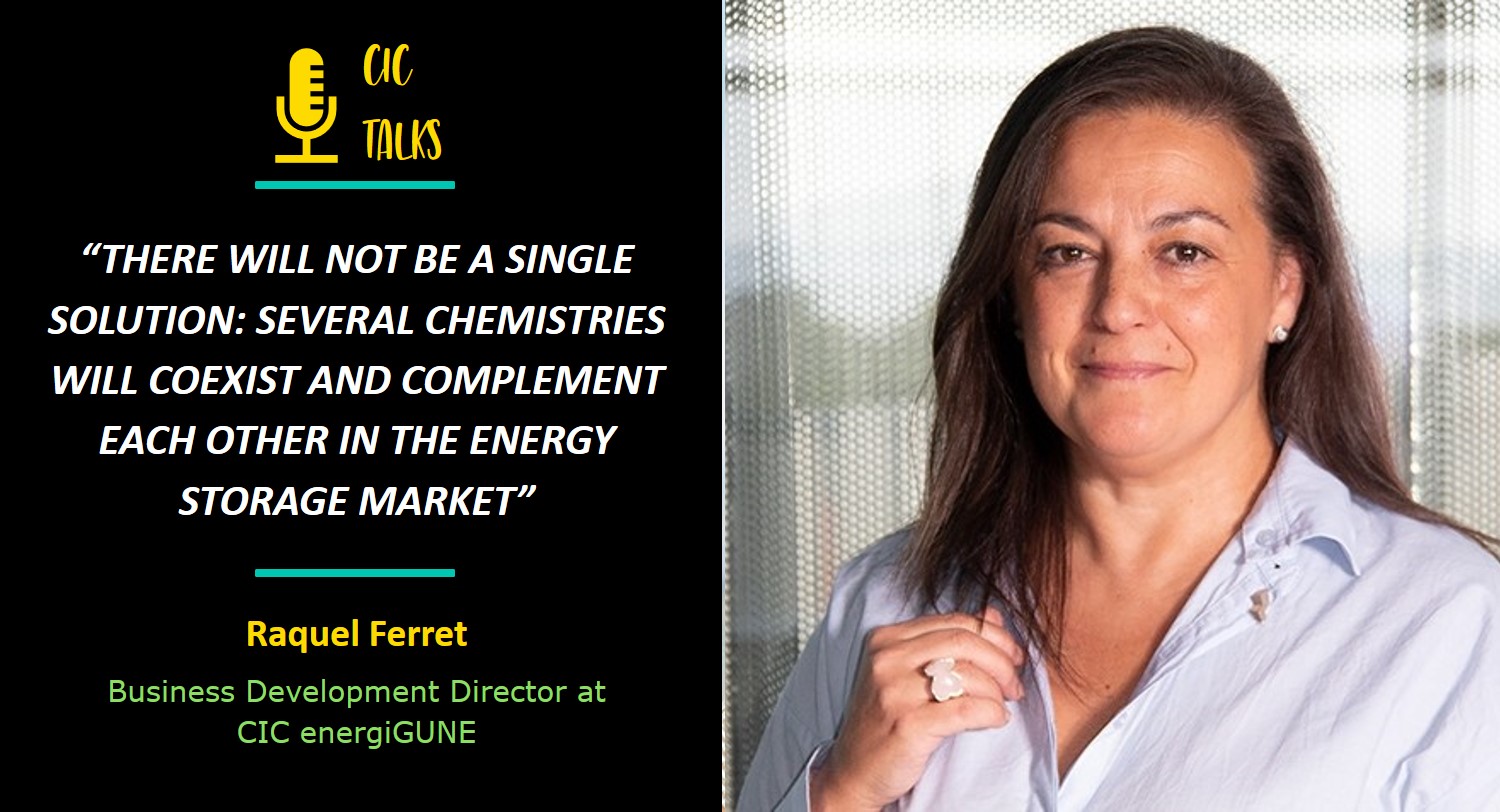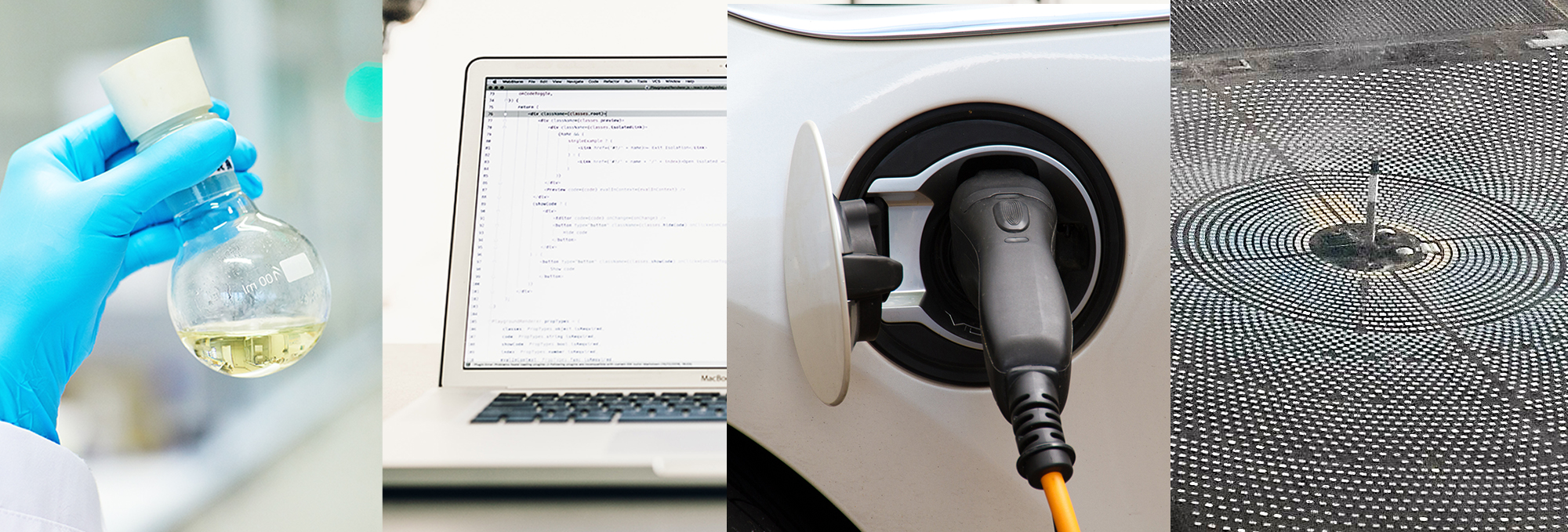

The sector is experiencing a period of great dynamism. The electrification of mobility and the massive integration of renewable energies are driving an unprecedented demand for storage solutions. However, major challenges remain: dependence on critical raw materials, the need to reduce costs, extend battery lifespan, and improve sustainability. The sector is evolving rapidly but must still balance technological innovation with industrial scalability.
Solid-state batteries offer very clear advantages: higher energy density, greater safety by eliminating flammable liquid electrolytes, and the possibility of working with new materials. However, the challenges are significant. Technically, the durability of solid electrolytes and interface compatibility with electrodes still need to be solved. From an industrial standpoint, the main challenge is achieving competitive large-scale manufacturing processes. It will be a transformative technology, but its mass deployment will still require several more years of development.
Ceramic electrolytes have a major advantage: their thermal and chemical stability, which makes them very attractive for improving battery safety. In addition, some exhibit ionic conductivity comparable to liquid electrolytes. The challenge lies in processing: they tend to be brittle, difficult to integrate into cells, and expensive to manufacture at industrial scales. The scientific community, including CIC energiGUNE, is working to develop new compositions and fabrication methods to overcome these barriers.
Sodium is an interesting alternative because it is much more abundant and accessible than lithium, reducing dependence on critical raw materials. Although it offers slightly lower energy density, it can be perfectly viable in applications where cost and sustainability matter more than compactness, such as stationary grid storage. In this sense, sodium batteries can complement lithium and become a key solution to ensure stable and affordable energy supply.
We now have much more sophisticated tools to understand degradation, such as operando analysis and advanced characterization that let us observe what happens inside the battery in real time. This has allowed us to identify key degradation processes, from dendrite formation to parasitic reactions at electrodes. With this knowledge, we are advancing mitigation strategies such as designing protective coatings, developing more stable electrolytes, and optimizing charging protocols. All this translates into more durable and reliable batteries.
Redox flow batteries have enormous potential for stationary storage because they allow power and capacity to be decoupled, making it easier to scale large systems. They are especially attractive for grid and renewable energy applications, where long-term stability and high cycling are required. They will not compete with lithium in mobility, but they can be a key piece in ensuring flexibility and resilience in future electrical systems.
All forecasts agree on exponential market growth. The electrification of transport and the energy transition are irreversible, and electrochemical storage is an essential enabler. We will see strong competition among technologies and likely greater diversification: there will not be a single solution, but several chemistries that will coexist and complement each other depending on the application. For industry, this is a time of great opportunity, but also of rapid adaptation to a continuously evolving technological landscape.
CIC energiGUNE plays a key role as a bridge between frontier research and industrial application. Our center combines cutting-edge research in new materials, advanced characterization, and modeling with a strong commitment to technology transfer. Through collaborations with companies, we participate across the entire value chain—from fundamental research to demonstrators and pilot projects. This allows us not only to generate knowledge but also to accelerate the arrival of competitive solutions to the market, actively contributing to Europe’s technological and energy autonomy.

If you want to know the latest trends in energy storage and new developments in research, subscribe.

If you want to join a top-level team, collaborate with specialists in multiple disciplines or tell us about your concerns, don't think twice...